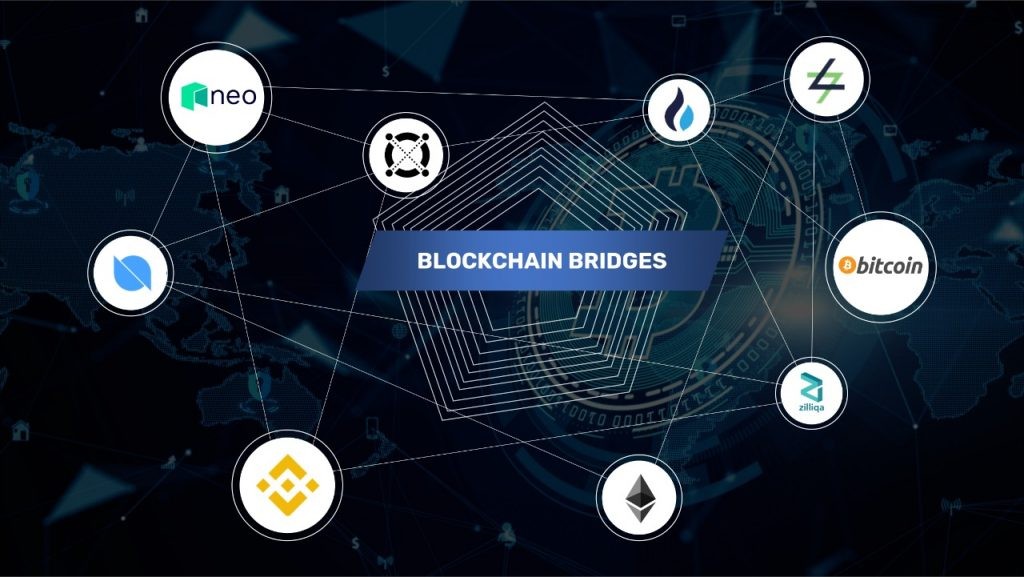In the fast-paced world of cryptocurrencies and blockchain technology, interoperability has emerged as a buzzword, sparking curiosity and confusion in equal measure. As blockchain enthusiasts delve deeper into the intricacies of this revolutionary technology, a common question arises: Can two separate blockchains truly understand each other? Let’s embark on a journey to unravel this intriguing concept and explore the possibilities of cross-chain communication
Understanding Blockchain Interoperability
Before diving into the complexities of blockchain interoperability, let’s grasp the fundamental essence of this concept. In simple terms, interoperability refers to the ability of different blockchain networks to seamlessly communicate and share data with each other. Much like languages enabling communication between people from diverse backgrounds, interoperability bridges the gap between disparate blockchains, facilitating smooth interaction and collaboration.
Challenges on the Interoperability Frontier
Achieving interoperability between distinct blockchain networks is no small feat and poses several challenges. One of the primary hurdles is the inherent diversity in blockchain architectures, consensus mechanisms, and data structures. Each blockchain operates within its unique ecosystem, making it challenging for them to comprehend and interpret data from other networks.
Moreover, the lack of standardized protocols and communication channels exacerbates the interoperability dilemma. Without universally accepted standards for cross-chain communication, establishing seamless interaction between disparate blockchains becomes a daunting task.
Solutions on the Horizon
Despite the daunting challenges, the blockchain community has been actively exploring solutions to enhance interoperability between different networks. One promising approach is the development of interoperability protocols and frameworks designed to facilitate seamless data exchange across blockchains.
Projects such as Polkadot, Cosmos, and Interledger are pioneering efforts in the realm of blockchain interoperability. These platforms leverage innovative technologies and protocols to enable cross-chain communication, paving the way for a more interconnected blockchain ecosystem.
Furthermore, advancements in interoperability standards such as the Interledger Protocol (ILP) and the Blockchain Interoperability Alliance (BIA) are driving the adoption of standardized frameworks for cross-chain communication.
The Path Forward
As we navigate the complex landscape of blockchain interoperability, it’s crucial to recognize that achieving seamless communication between disparate blockchains is a gradual and iterative process. While significant strides have been made in this domain, there’s still much work to be done to realize the full potential of cross-chain communication.
Collaboration, innovation, and the collective effort of the blockchain community are essential to surmounting the challenges of interoperability. By fostering an environment of open dialogue, experimentation, and standardization, we can pave the way for a more interconnected and interoperable blockchain ecosystem.
Conclusion
In conclusion, the question of whether two separate blockchains can understand each other is not merely a theoretical pondering but a tangible challenge facing the blockchain industry. While achieving seamless interoperability between disparate networks is a complex endeavor, it is not an insurmountable one.
Through collaborative efforts, technological innovations, and the development of standardized protocols, the blockchain community is forging ahead on the path toward greater interoperability. By embracing this journey with curiosity and determination, we can unlock new possibilities for cross-chain communication and propel the blockchain ecosystem into a more interconnected future.

